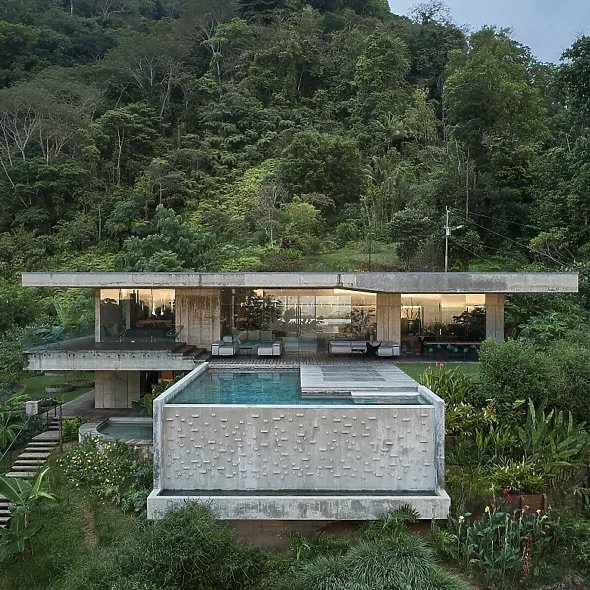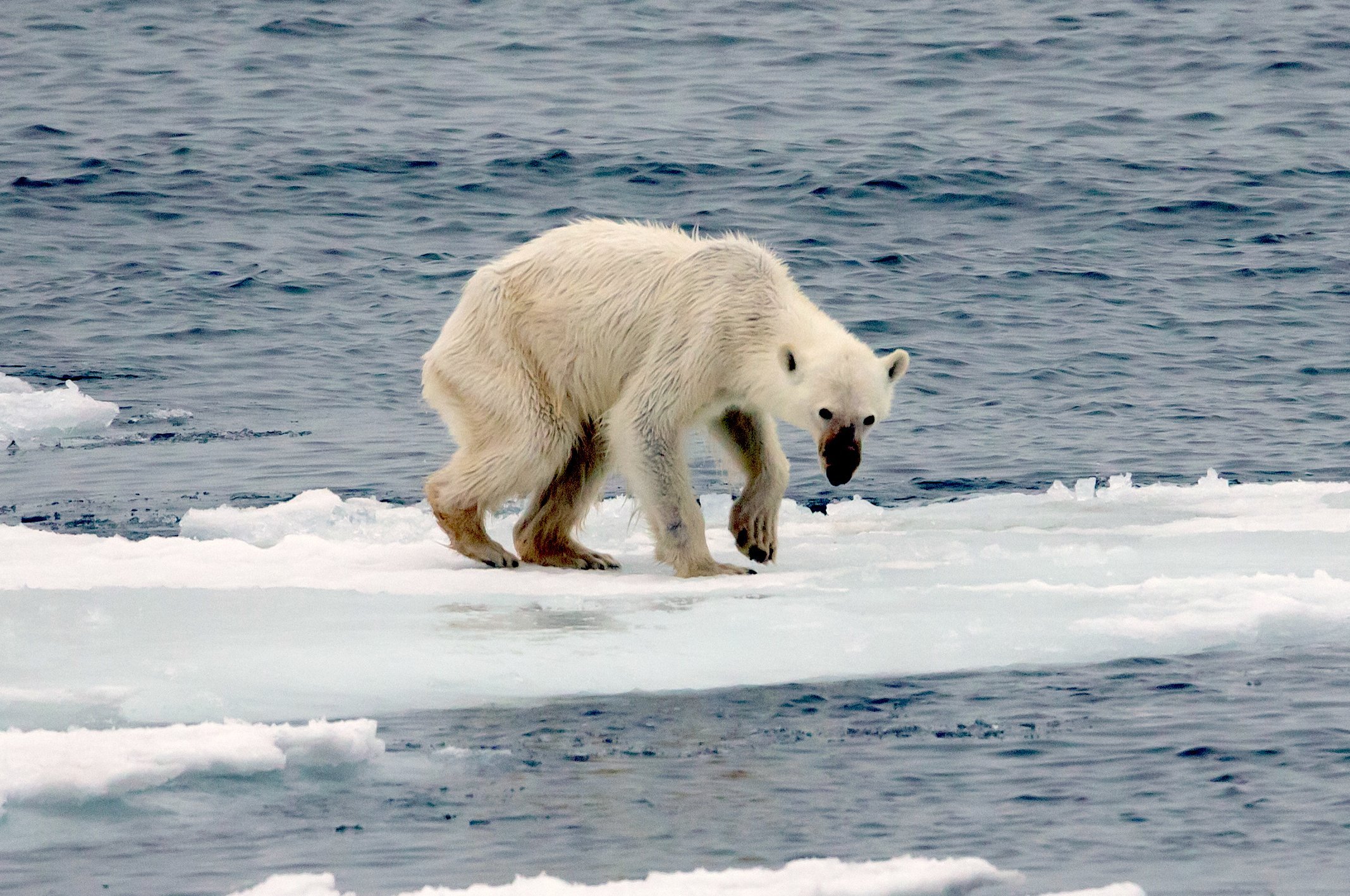Nondestructive construction.
Not ruining the planet is the challenge of our generation.
A big part of that is addressing climate change.
But preserving and restoring natural habitats is just as important.
To dig in on the habitat piece, let’s use some new terminology.
First up:
Planetary Bleaching
Planetary bleaching is the elimination of natural habitats due to human activity.
Land development is currently a zero sum game.
To make way for what we’re building, we erase any hint of whatever plants and animals had lived there before.
This habitat destruction has already caused thousands of species to go extinct, and the problem is only getting worse.
“Planetary bleaching” is the habitat equivalent of “climate change”.
-
There are a whole lot more people living on planet Earth today than there ever were in the past, and the number is continuing to rise.
Living standards are going up all over the world meaning people are eating more food, buying more stuff and building bigger homes.
Because of points 1 and 2, we’re accelerating the rate at which we’re destroying natural habitats.
If we continue on this trend, species extinction will accelerate and the diversity of life on this planet will reach disastrous lows.
-
Many people are aware of “coral bleaching” — a phenomenon where coral go dormant and can die. It’s devastating not only to the coral, but also to the rest of the marine life that call that reef home.
“Planetary bleaching” is based on this already familiar terminology but broadens the scope.
The reason for using bleaching to describe dead or dormant coral is obvious, it’s because they turn white.
In creating this new term, bleaching communicates more of a reductionism. Where there was once a natural habitat teeming with diverse life, now all that’s left is crops, lawns, or concrete.
-
For starters, when deforestation occurs we lose both plants and animals in the affected area.
And while the term deforestation does a great job of emphasizing the loss of the plants, it doesn’t really do a great job at reminding us of the impact to the animals that lived in the forest.
Beyond that, in most people’s minds deforestation sis something happening somewhere else.
The term planetary bleaching is different because it emphasizes the impact by focusing on what’s right in front of you.
The presence of a parking lot is a better reminder that nature has been disturbed than the absence of a tree.
It’s easier to notice something that is there, than something that’s missing, especially if you don’t know what had been there in the first place.
Wild Architecture showcases how…
Our homes can help rewild the planet.
If we design and build:
Wild Architecture
Wild architecture is an architecture style focused on preserving and restoring the wild by designing buildings that exist alongside native plants and animals, not instead of them.
The objective is to minimize the impact of a building on the natural habitat.
Whatever would have lived in the area if humans were not around should still be living there after we move in.
To accomplish this, the structures should sit as lightly as possible on the land.
“Wild architecture” is the habitat equivalent of “sustainable energy”.
-
There’s been a focus in recent years to build more energy efficient buildings — that way we’ll emit less CO2 building and operating them, and that’s great.
But what about the impact of our buildings on natural habitats?
That’s an essential characteristic of our architecture, and we’ve been overlooking it for far too long.
The buildings we design have little, if any, consideration for the footprint they have on native plants and animals.
Take, for example, a typical single family home. Between the concrete slab and the lawn, it’s wiped out basically everything that had been living on that plot of land before the house was built.
Nearly all the native plants - gone.
Nearly all the native animals - gone.
That is the dirty little secret of architecture.
-
-
Since minimizing impact is a quantifiable thing, there should be a metric that goes hand in hand with Wild Architecture.
Structures built in this style can be evaluated and assigned a “wild score”. The baseline is 100. The more the development detracts from the wild, the lower the score (low scores are bad).
The exact criteria and rules for the scoring system has not been worked out yet, but it’s important for there to be a simple metric that will encourage people to improve their designs in ways that lessen the impact of their structures.
Gamification, you could say, of an architecture style.
These are a handful of houses that already exist and illustrate the concept well.



















